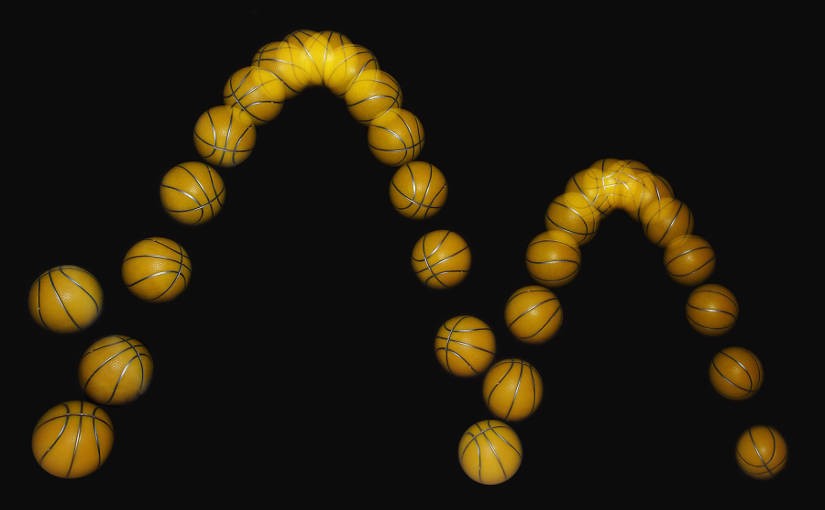Please note, this blog entry is from a previous course. You might want to check out the current one.
The twelfth lecture addresses a different approach to animation, creating sets of behaviors defining how items should interact with each other and the environment.
First we create an animator inside a reference view:
var animator = UIDynamicAnimator(referenceView: UIView)
Continue reading “cs193p – Lecture #12 Dynamic Animation”
